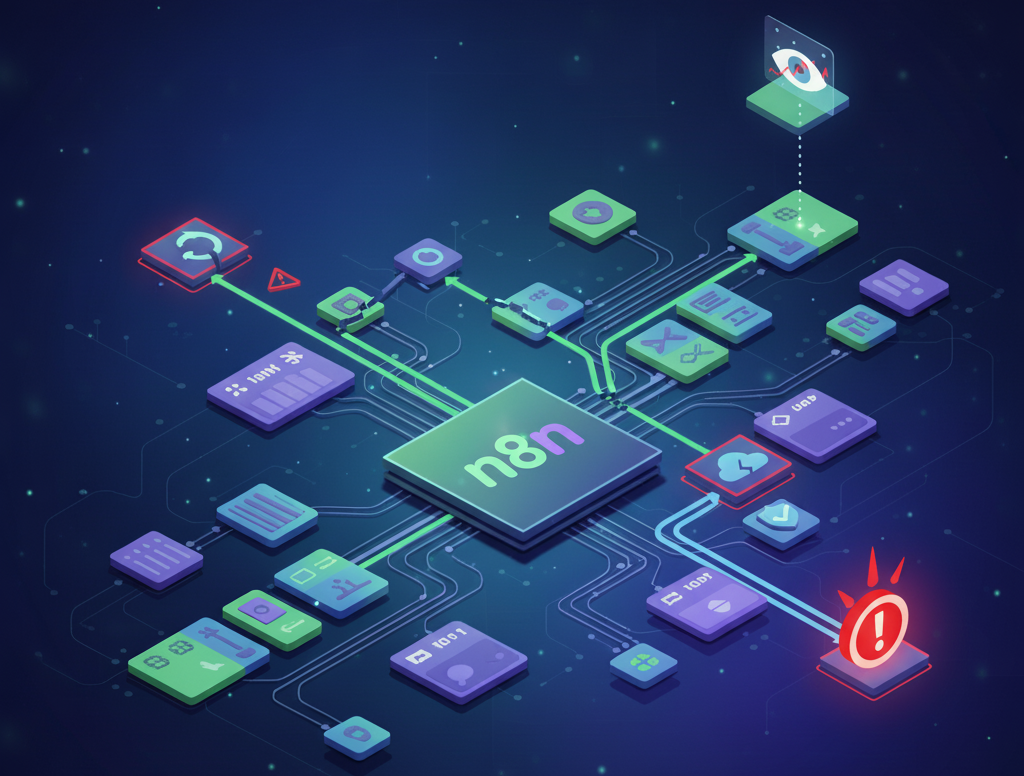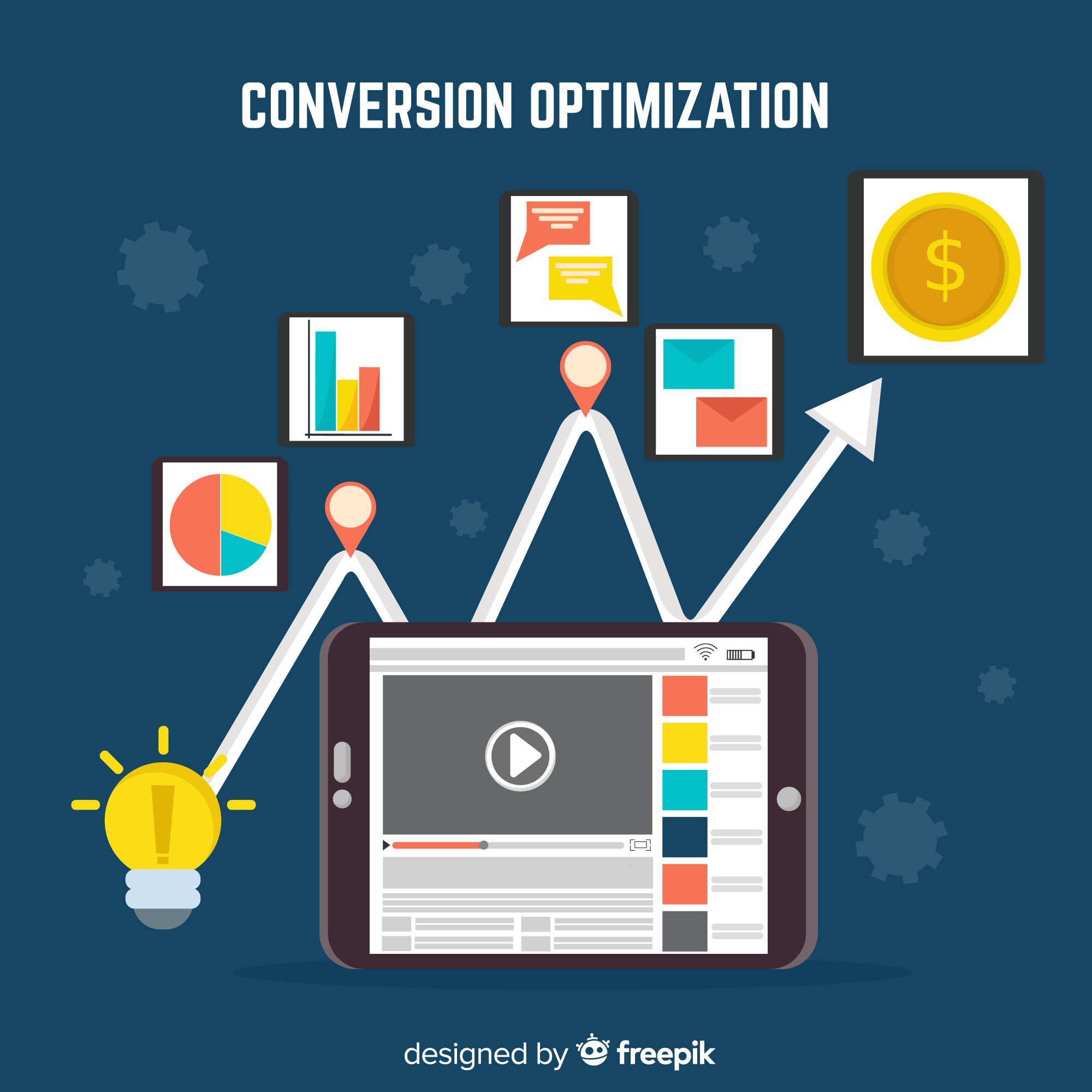Automation is powerful—but it’s also fragile. A single API timeout, invalid input, or misconfigured node in your workflow can cause an entire process to break down. When you’re using n8n, an open-source workflow automation tool, effective error handling becomes critical.
Whether you’re automating lead generation, data synchronization, or mission-critical business processes, you need to ensure that your workflows are resilient, reliable, and easy to troubleshoot. That’s where error handling in n8n comes in.
In this comprehensive guide, we’ll dive deep into:
- Why error handling matters in workflow automation.
- Built-in error handling strategies in n8n.
- How to configure retries for failed nodes.
- Designing workflows that fail gracefully.
- Monitoring and alerting on workflow errors.
- Best practices to make your n8n automations production-ready.
By the end of this post, you’ll have a battle-tested strategy for keeping your n8n workflows running smoothly—even when things go wrong.
Why Error Handling Matters in Workflow Automation
Imagine this scenario:
You’ve set up an n8n workflow that automatically captures leads from a web form, enriches them with data from an external API, and then sends them into your CRM. Everything works perfectly—until the enrichment API goes down for maintenance.
Without proper error handling:
- The workflow crashes.
- The lead data is lost.
- Your sales team never sees the submission.
In real-world automation, failures are inevitable. APIs return 500 errors, webhooks send malformed payloads, authentication tokens expire, and servers occasionally timeout. The difference between fragile automation and robust automation comes down to how well you’ve planned for errors.
Proper error handling ensures that:
- Temporary issues don’t cause permanent failures.
- Workflows can recover automatically without manual intervention.
- Errors are logged, reported, and monitored so nothing gets missed.
- Business continuity is preserved, even during unexpected downtime.
In short: error handling is not optional—it’s the backbone of reliable automation.
Built-in Error Handling Features in n8n
One of the strengths of n8n is its flexibility in handling errors. The platform gives you several built-in tools to manage failures without requiring complex custom logic.
Here are the key error handling features you should know:
1. Error Workflow Trigger
The Error Trigger is a special type of workflow starter. Whenever another workflow fails, this trigger can launch a new workflow designed specifically for error handling.
For example, you could:
- Send a Slack or email notification when a workflow crashes.
- Log error details into a database for analysis.
- Automatically retry the failed workflow after a cool-down period.
This decouples error management from your primary workflows, making your automation cleaner and more modular.
2. Error Branches in Workflows
Many nodes in n8n allow you to configure what should happen if they fail. Instead of stopping the entire workflow, you can send execution down an error branch.
Use this when you want to:
- Capture failed data and store it in an error table.
- Fallback to an alternative API or data source.
- Skip non-critical steps without halting the workflow.
Error branches are great for workflows that must continue running, even if one part fails.
3. Retry Mechanism in Nodes
n8n lets you configure retry settings at the node level. This is especially useful when dealing with flaky APIs or network requests.
For instance, you can:
- Retry a failed API call up to 5 times.
- Add exponential backoff delays between retries.
- Ensure that temporary outages don’t cause permanent failures.
Retries are a first line of defense against transient errors.
4. Global Error Handling Settings
At the workflow level, you can define how n8n should behave when errors occur. Options include:
- Continue on fail: The workflow skips failed nodes and continues execution.
- Stop on fail: The workflow halts when an error occurs.
This setting gives you control over whether your workflows should prioritize completeness or strict reliability.
How to Configure Retries for Failed Nodes in n8n
Retries are one of the most effective ways to reduce error impact, especially when dealing with temporary issues like rate limits or slow APIs. Let’s break down how to implement them in n8n.
Step 1: Open the Node Settings
Click on the node that you expect might fail—for example, an HTTP Request node making an API call.
Step 2: Enable Retry on Fail
In the node settings, you’ll find an option for “Retry on Fail”. Enable it.
Step 3: Configure Retry Options
You can set:
- Number of retries: e.g., 3 attempts.
- Delay between retries: e.g., 2000 ms (2 seconds).
- Exponential backoff: Increasing the delay after each failed attempt.
Example Use Case
If an API has occasional timeouts, set:
- 5 retries
- 2000ms initial delay
- Exponential backoff enabled
This ensures your workflow doesn’t fail immediately due to minor network hiccups.
Designing Workflows That Fail Gracefully
Retries are great, but they don’t solve every problem. Sometimes, errors are permanent, not temporary. In these cases, your workflows should fail gracefully.
Here are strategies to achieve that:
1. Use Conditional Branching for Error Scenarios
Instead of assuming every request will succeed, plan for failures. For example:
- If an API call fails, store the request data in a retry queue for later processing.
- If user data is incomplete, send it to a manual review pipeline instead of rejecting it.
2. Implement Fallback Paths
If one API is down, try another. For instance:
- If your primary SMS provider fails, route the message through a backup provider.
- If one CRM API is unresponsive, log the data locally until it recovers.
3. Graceful Termination
When workflows must stop, make sure they do so cleanly.
- Send a notification to your team.
- Save partial progress so it can be resumed later.
- Provide enough error context for quick debugging.
The goal is not to avoid all errors—it’s to handle them in ways that minimize business disruption.
Monitoring and Alerting on Workflow Failures
Error handling doesn’t end with retries and fallback logic. You also need visibility into what’s happening in your automations.
1. Error Trigger for Notifications
As mentioned earlier, the Error Trigger workflow in n8n can send alerts when things go wrong. Common setups include:
- Send a Slack notification with the workflow name, node, and error message.
- Fire an email alert to the operations team.
- Create a ticket in Jira or Trello for tracking.
2. Logging Failures
Good error logs help you identify recurring issues. You can log:
- Workflow ID
- Node name
- Timestamp
- Error details
- Input data that caused the failure
This makes root-cause analysis much easier.
3. Dashboards and Monitoring Tools
For mission-critical automations, integrate n8n with monitoring tools like:
- Prometheus + Grafana: For performance and error dashboards.
- ELK Stack (Elasticsearch, Logstash, Kibana): For advanced log analysis.
- Sentry: For error tracking.
With real-time monitoring, you’ll know about problems before your users do.
Best Practices for Error Handling in n8n
Let’s wrap up the strategies into a set of best practices for building resilient n8n workflows:
- Always enable retries for nodes that depend on external APIs.
- Use error branches for non-critical failures where the workflow should continue.
- Create a centralized error workflow using the Error Trigger to notify and log failures.
- Plan fallback paths so your business doesn’t grind to a halt when a dependency fails.
- Log every error with sufficient detail for debugging.
- Test error scenarios intentionally before going live. (Don’t just test happy paths.)
- Implement monitoring and alerting so you’re aware of issues in real time.
- Review error logs regularly to spot patterns and improve workflows.
- Document your workflows and error handling logic for easier maintenance.
- Balance strictness and flexibility: Sometimes it’s better to continue with partial success than to fail completely.
Conclusion
Error handling in n8n isn’t just a technical detail—it’s the difference between automation that saves you time and automation that creates headaches. By mastering retries, designing workflows that fail gracefully, and implementing robust monitoring, you can make your automations resilient, reliable, and production-ready.
Here’s the key takeaway:
👉 Don’t just build workflows that work. Build workflows that keep working—even when things go wrong.
With the strategies in this guide, you’ll be able to confidently scale your automation efforts, knowing that your n8n workflows won’t crumble under pressure.



